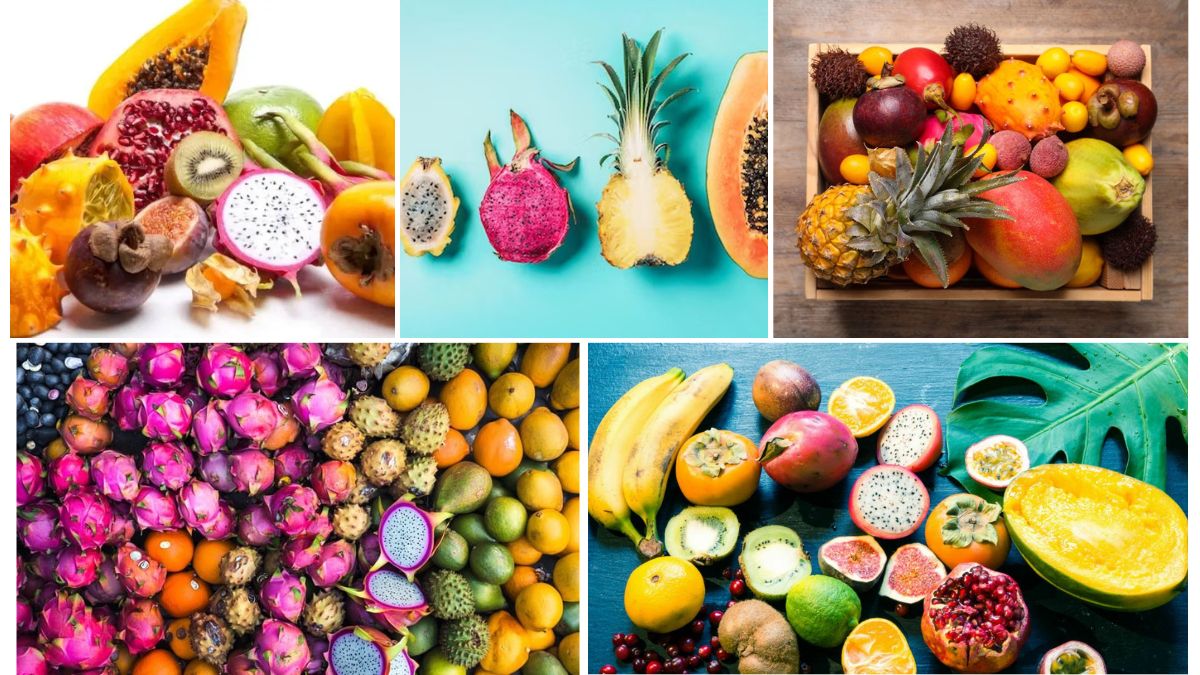In recent years, a vibrant transformation has taken place in kitchens and markets around the world—urban homes are increasingly turning to exotic fruits. Once reserved for tropical vacations or luxury gourmet dishes, fruits like dragon fruit, passion fruit, rambutan, mangosteen, lychee, jackfruit, and starfruit are now staples in many urban households.
Driven by health consciousness, global exposure, social media influence, and evolving taste preferences, the demand for exotic fruits is soaring. From smoothies and salads to decorative table displays and skincare regimens, these fruits are making a colorful and flavorful mark on modern lifestyles.
Let’s explore what’s fueling this trend, which fruits are gaining popularity, and how the shift is reshaping urban consumption patterns.
Why Are Urban Consumers Turning to Exotic Fruits?
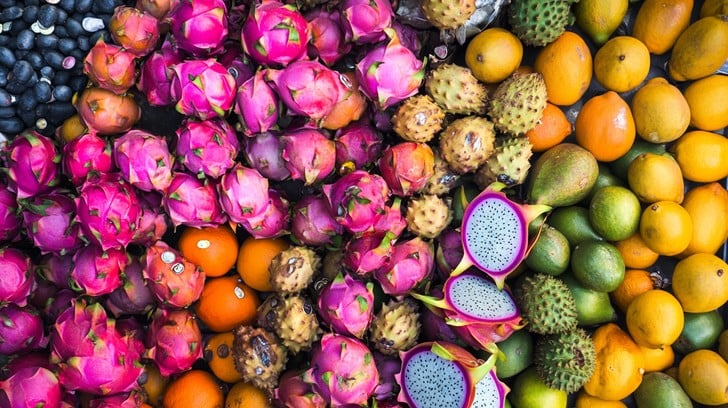
1. Health and Wellness Trends
Exotic fruits are packed with antioxidants, vitamins, fiber, and minerals. With the rising focus on clean eating, immunity-boosting foods, and gut health, urban consumers are naturally gravitating toward nutrient-rich fruits like:
- Dragon fruit (rich in vitamin C and fiber)
- Acai berries (loaded with antioxidants)
- Mangosteen (called the “queen of fruits” for its anti-inflammatory properties)
These fruits align with the wellness goals of urban dwellers seeking functional foods that go beyond just taste.
2. Culinary Curiosity and Globalization
Urban residents are increasingly exposed to global cuisines through travel, streaming food shows, and international restaurant chains. Dishes from Southeast Asia, South America, and Africa often feature exotic fruits as ingredients, garnishes, or snacks.
This exposure has cultivated adventurous taste buds and a growing interest in trying something different from conventional apples and bananas.
3. Social Media and Aesthetic Appeal
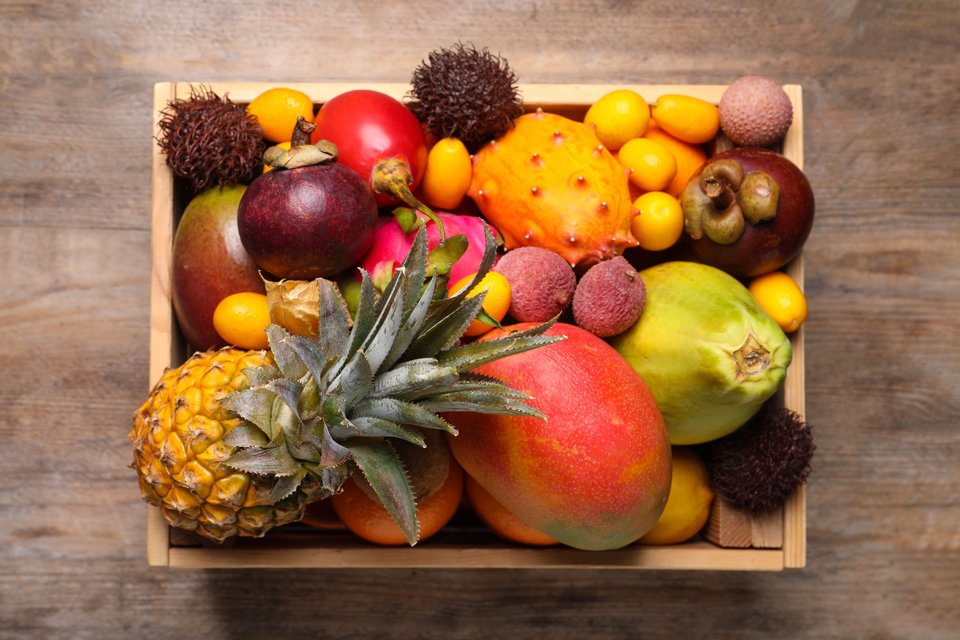
The rise of social media—especially platforms like Instagram, TikTok, and Pinterest—has played a significant role in promoting exotic fruits. Their vibrant colors, unusual shapes, and photogenic appearances make them perfect for smoothie bowls, charcuterie boards, and fruit platters.
A post featuring a bright pink dragon fruit bowl or a tropical papaya boat garnished with edible flowers can generate thousands of likes, sparking curiosity and driving purchase behavior.
4. Accessibility Through E-commerce and Supermarkets
What once seemed “exotic” and hard to find is now available with a few taps on a phone. E-commerce platforms and specialty grocery stores offer home delivery of fresh exotic fruits. Even mainstream supermarkets in cities now stock seasonal imports.
Urban farmers’ markets and organic stores are also showcasing locally grown or greenhouse-produced exotic varieties, increasing accessibility without compromising freshness.
Top Exotic Fruits Taking Over Urban Markets
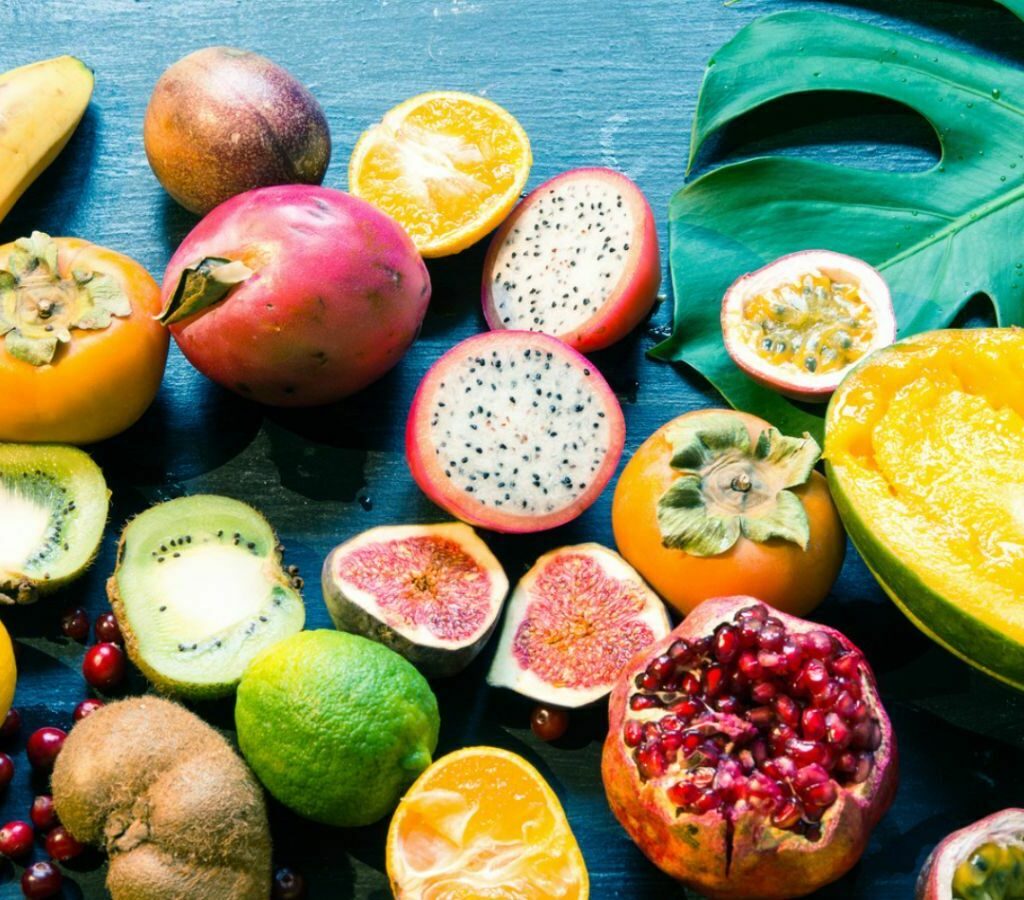
1. Dragon Fruit (Pitaya)
This tropical fruit with its neon-pink skin and speckled flesh has become a symbol of health-focused urban diets. It’s low in calories and rich in fiber and antioxidants.
Uses: Smoothie bowls, fruit salads, desserts, juices.
2. Passion Fruit
Known for its aromatic, tart-sweet pulp, passion fruit is often used to add zing to yogurts, cocktails, and tropical desserts.
Health Benefits: High in vitamin C, fiber, and plant compounds beneficial for heart health.
3. Lychee
A summer favorite in Asia, lychee has sweet, juicy flesh wrapped in a rough pink skin. It is now widely available in canned and fresh forms.
Use: Snacking, cocktails, fruit salads.
4. Rambutan
Often mistaken for lychee, this hairy red fruit is sweet, juicy, and full of vitamin C. Its unusual appearance adds visual appeal to platters.
5. Mangosteen
Revered in traditional medicine and known for its antioxidant-rich purple rind, mangosteen has soft, tangy-sweet white flesh inside.
Nutritional Highlight: Contains xanthones with anti-inflammatory properties.
6. Papaya
Rich in digestive enzymes and vitamins, papaya is now a regular feature in urban breakfast bowls, especially among fitness enthusiasts.
7. Starfruit (Carambola)
This fruit’s star shape when sliced makes it a favorite for garnishes and decorative fruit platters. It’s tangy, crisp, and rich in vitamin C.
8. Jackfruit
As a meat substitute, jackfruit has found fame among vegans and vegetarians in urban homes. It’s used in tacos, sandwiches, and curries.
Urban Gardening and Exotic Fruit Cultivation
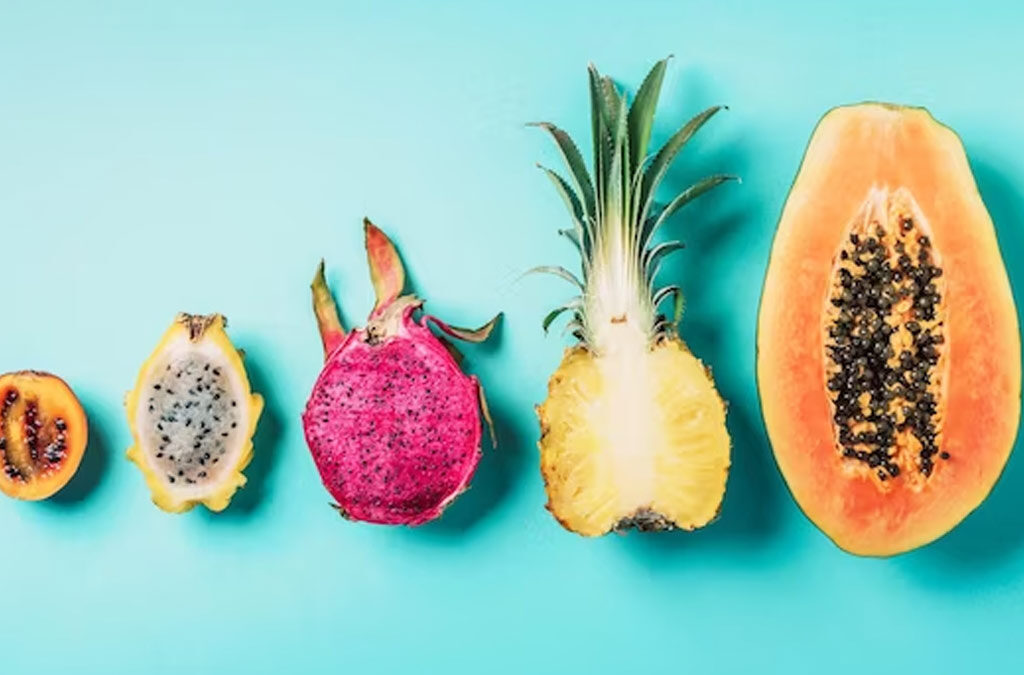
Interestingly, the fascination with exotic fruits has moved beyond consumption into cultivation. With improved urban gardening tools, many city dwellers are now growing tropical fruits in balconies, terraces, and indoor greenhouses.
Fruits like passion fruit vines, dwarf papaya trees, and potted dragon fruit cacti are being grown in containers. This adds a touch of the exotic to home gardens and provides access to fresh, home-grown produce.
Changing Retail and Restaurant Landscapes
To meet demand, retailers have expanded their exotic fruit sections. Urban supermarkets now stock frozen acai packets, canned lychees, pre-cut jackfruit, and neatly packaged starfruit slices.
Restaurants, especially those offering vegan, fusion, or Asian cuisine, are integrating exotic fruits into their menus through:
- Tropical fruit salads
- Exotic fruit cocktails and mocktails
- Vegan desserts with jackfruit or mango
- Smoothie bars specializing in dragon fruit and acai bowls
This dynamic shift has made exotic fruits not only available but desirable in urban culinary culture.
Challenges in the Rise of Exotic Fruits
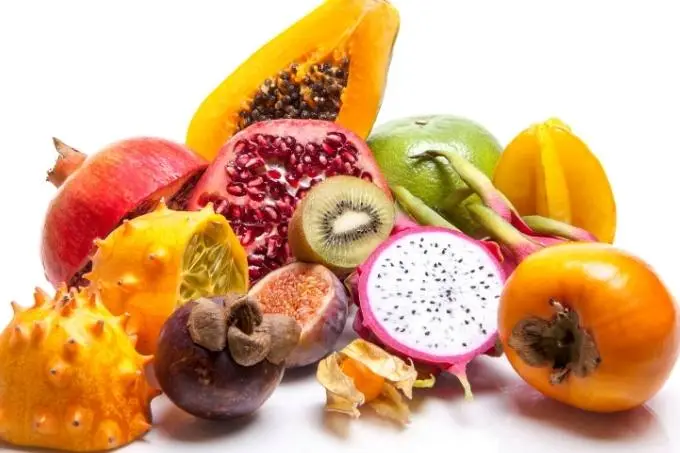
While the trend is booming, it comes with challenges:
1. Cost
Exotic fruits are often priced higher due to transportation, storage, and spoilage risks. For middle-class urban consumers, frequent purchases may not always be affordable.
2. Carbon Footprint
Importing fruits across continents increases food miles. Some eco-conscious consumers prefer local produce for sustainability reasons.
3. Shelf Life and Preservation
Many exotic fruits ripen quickly and are sensitive to temperature, making storage difficult without compromising freshness.
Despite these challenges, innovations in cold-chain logistics, domestic production, and demand-driven pricing models are helping mitigate the issues.
The Future of Exotic Fruits in Urban Homes
As urbanization continues and consumer tastes evolve, exotic fruits are expected to become even more mainstream. Some emerging trends include:
- Functional fruit blends in ready-to-drink juices and supplements.
- Superfruit powders (like acai and dragon fruit) added to protein shakes.
- Freeze-dried exotic fruits for snacking with long shelf life.
- Vertical farming of exotic fruits in urban settings.
The movement toward sustainable and plant-based diets will further fuel the demand, especially as people seek exciting and flavorful alternatives to processed foods.
Conclusion
The rise of exotic fruit consumption in urban homes marks a fascinating shift in food culture. These fruits bring more than just unique flavors—they offer rich nutritional value, align with health trends, and connect people to global traditions and stories.
From the smoothie bowls of Instagram influencers to the conscious kitchens of health-savvy families, exotic fruits have carved a space that reflects a new era of mindful, colorful, and delicious living.
As cities continue to embrace diversity—not just in people, but in palates—the popularity of exotic fruits is here to stay, adding a tropical twist to modern life.
